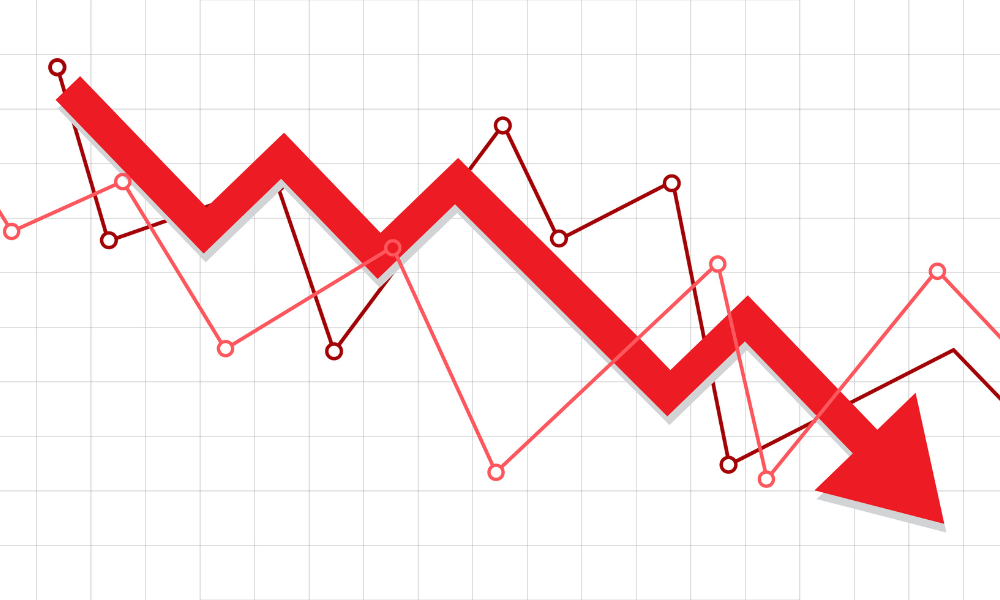Canadian homebuyers have changed their priorities in the past year and the post-pandemic market is set to continue the trend

There has been a general trend over recent decades for city living, fuelling some eyewatering price increases in Canada’s urban centres.
But the pandemic has changed how and where people want to live, so investing in residential real estate has been changed too.
Two factors are in play. Firstly, a desire for some to live in less populated areas. Secondly, a desire for more space, often including more options for long-term working from home.
The lastest housing market report from nationwide brokerage Royal Le Page shows that size matters, with homebuyers prioritizing space over location.
In other words, buyers are buying as big as they can afford.
Investors in condos may have seen an increase in the value of their asset in the past year but based on averages single-family homes have far outpaced the multi-family sector.
An analysis of 62 of Canada’s largest housing markets reveals that the median price of a standard two-storey home rose 11.2% year-over-year to $840,628, the median price of a bungalow increased 10.0% to $592,899, while the median price of a condominium increased by a more modest 3.9% to $509,239.
Health crisis housing boom
While property types and locations have seen varied results in the past year, Royal Le Page CEO Phil Soper says that the health crisis has certainly led to a real estate boom which will continue this year.
"High levels of unresolved housing demand and low inventory levels will likely characterize the 2021 spring market, putting further upward pressure on housing values, particularly in the detached and larger townhome segments, as families with access to extremely low borrowing costs trade traditionally desirable urban locations for more personal space," he said.
With many people and employers accustomed to working from home arrangements, Soper expects some of this to endure post-pandemic, with many adopting a hybrid model.
He advises those buying homes to consider how the longer term trends may inform living requirements.
It’s not over for urban centres
While many Canadians have been seeking larger homes outside of urban centres, demand for properties in Canada's largest urban centres have remained high.
Ottawa's aggregate price increased 14.9% year-over-year to $568,608 during the fourth quarter, the greater regions of Montreal, Toronto and Vancouver increased 12.4%, 10.4% and 7.2% to $487,380, $936,510 and $1,155,346, respectively.
"Throughout the second half of 2020, buyers were looking for as much space as they could afford. While many buyers shifted their target neighbourhood away from the city centre, so few properties for sale meant that most detached listings saw multiple-offer scenarios," said Debra Harris, vice president, Royal LePage Real Estate Services Ltd, referring to the Greater Toronto Area market. "2020 did bring some balance to the region's condominium market but larger units, often in the greater region, are still in high competition."



